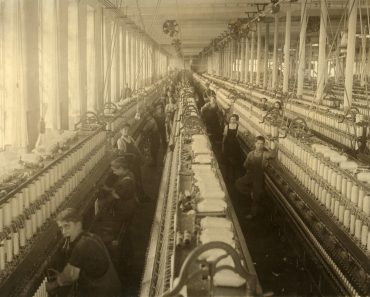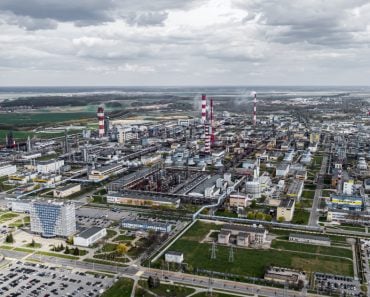Table of Contents (click to expand)
Industrialization and Colonization went hand in hand, both encouraging the other, to the immense gain of a small handful of nations.
Industrialization, as a phenomenon, emerged and encouraged great scientific and technological improvements, transforming the nature of, markets, consumption, and social and economic relations across the world. One side effect of industrialization was increased colonization of the ‘New World’… or was it perhaps colonialism that furthered the aims of industrialization?
The most logical explanation seems to be that it was a symbiotic relationship, where both fed off the other; industrial growth increased trade and resources at hand, which consequently helped tame the colonies that tried to break free.
The 18th century was known for a greater push in Europe to colonize more and more lands. It was also around this time that the first factories appeared in England. There was also a greater influx of the colonizers’ economic goals in colonized markets for goods, investment and labor.
Trade was hijacked and monopolies were created to bring in more and more from the ‘capital’ that was ‘invested’ in terms of money, men and material to ‘civilize’ areas and entire countries that were considered to be ‘barbaric’. This made colonization a tool to industrialize the home country at the colony’s cost.
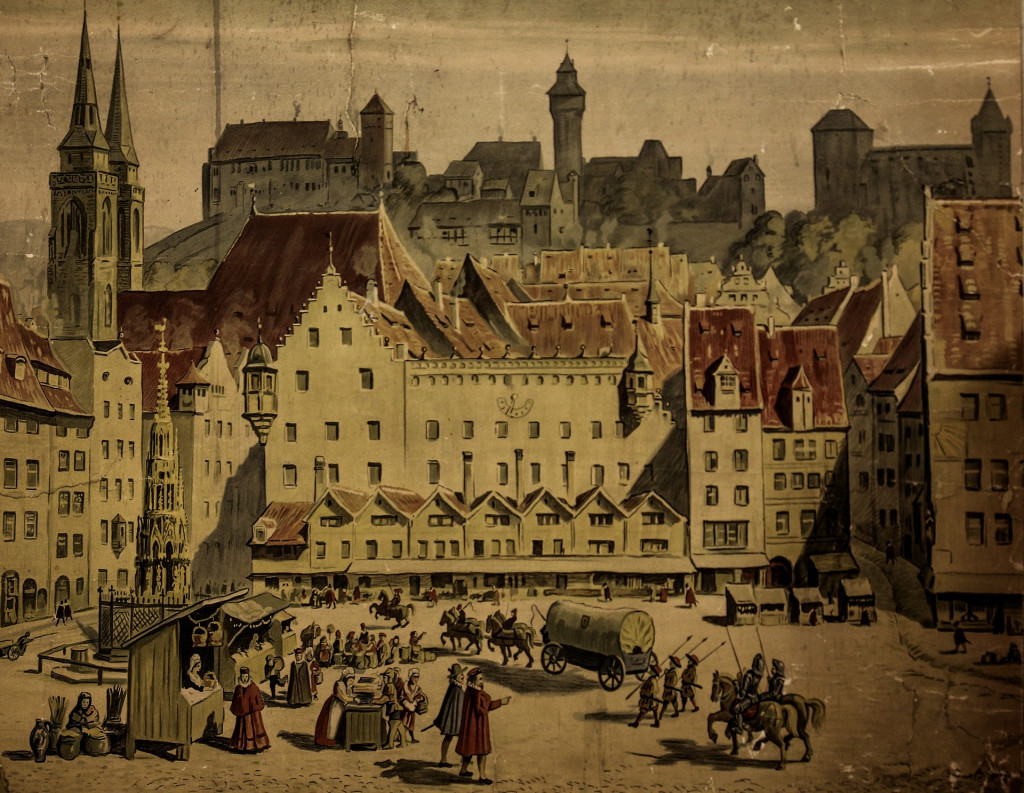
Recommended Video for you:
The Home-State’s Markets
The success of the industrialization experiment depended not just on innovation, but also on inputs, which is where colonization kicked in. European countries, especially those with a weak agrarian base, looked for territories that would fill in the gaps of their supply chains.
The fertile lands of Egypt, India and China provided the perfect opportunity. The shortage of cotton caused by the American Civil War and the sudden shortage of labor after slavery was abolished proved to be a catalyst that pushed Europe, particularly Britain, to find alternatives in Asia and Europe.
When Richard Arkwright’s cotton mill appeared in British factories, it required a steady supply of cotton to remain up and running to the extent that some profit could be derived. Though technological changes occurred slowly, there was no stagnancy in the industries utilizing them.
This was because the adoption of such inventions at a large scale required both the perfection of the invention and a popular, or general, will to set it up in multiple factories. However, there was resistance to technological advancements, which is how we got the term ‘luddite’ in our vocabularies.
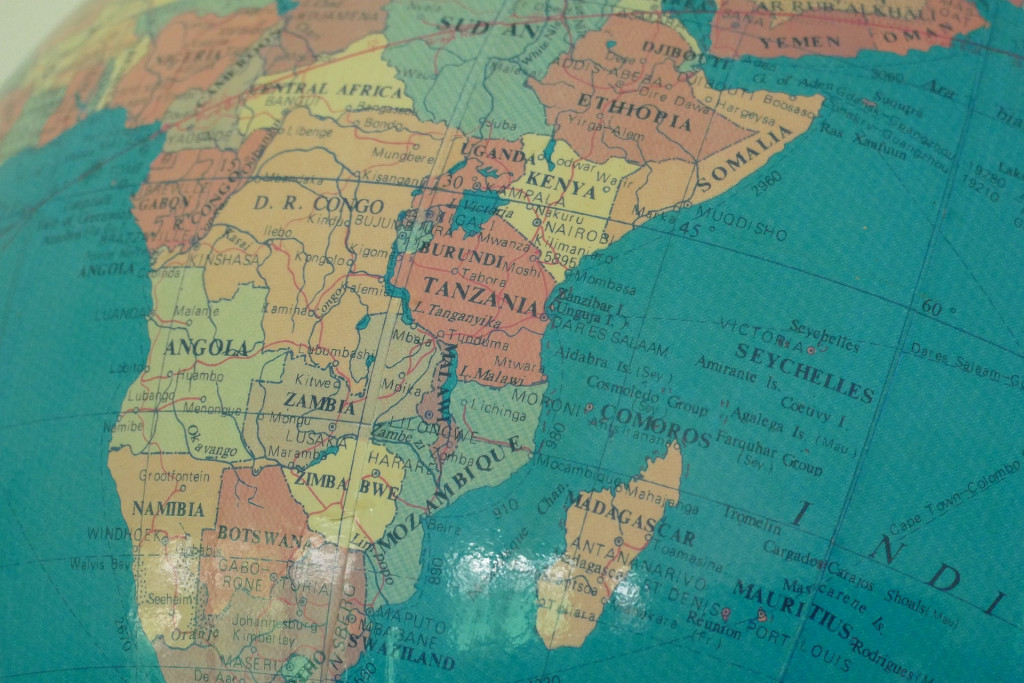
The Local Markets
Once the supply constraints had been addressed by exploiting the untapped natural potential of the colonies, another problem was manifestly solved by furthering colonization.
Upon harvesting the raw materials from the colonies and shipping them to the home-state to be processed in factories, the final products, which were far better than their pre-industrial counterparts, needed to be sold somewhere. As is the foundational principle of capitalism, goods once manufactured must be sold, and the greater the market, the better the profit.
Colonies, therefore, became extended markets of the home-state (promoting industrialization when the demand for the goods was high), where surplus manufactured goods were often dumped in huge quantities at cheap prices. The cost of mass-manufactured factory goods was obviously significantly lower than that of the local, mostly labor-intensive cottage industries, leading to the popularity of the former and the decline (and eventually, utter decimation) of the latter.
India’s economy, and more specifically its vast cottage industries and regional artisan industries, for example, was unable to keep up with the cheap factory-made goods supplied by the British colonizers, and it eventually collapsed under the weight of the huge capital, incentive and market base at their disposal.
The pattern of exporting primary agricultural goods and importing finished factory-made goods in the colonies boosted not only the home-state’s economies, but also the culture of their industrialized workplaces, even though the colonies would not experience the full force of industrialization until after they stopped being colonies. Any pockets of industrialized towns and cities in the colonies were usually developed to feed the colonial network of demand and supply, and further facilitate the effective exploitation of the natural resources and the markets of the colonies.
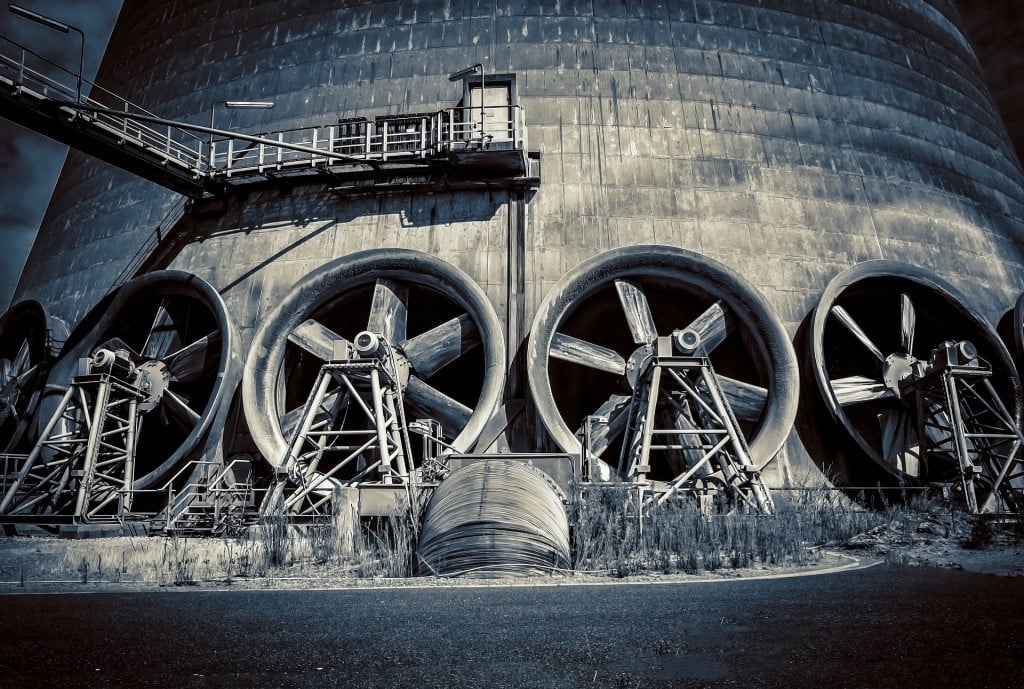
Furthering Access To Colonies
The invention of the steam engine allowed for the colonial home-state’s influence and power to reach the very hinterlands of the colonies (the steam engine, along with the rifle, was a deadly combination indeed!). The economic and military prowess of the colonizers is partly why un-industrialized colonies with relatively primitive (or rather, indigenous) warfare tactics were unable to repel the colonizing force efficiently.
Had it not been for the railways in terms of transport, and the telegraph in terms of communication, colonial masters would have found it very difficult to maintain their control over the entirety of the colonies. The only effective access they would have had to the colonies would have been through ports (on shore and inland).
A Final Word
The growth of a certain number of relatively small countries as economic giants was unforeseeable when set against thriving populations and civilizations in Asia and Europe.
What made the continued subjugation of vast lands thousands of miles away from these European home-states was the technological superiority that industrialization afforded those empires. Without efficient logistical support, the sun would have set on these empires much sooner, but as residents of those ex-colonies will likely attest—better late than never!





